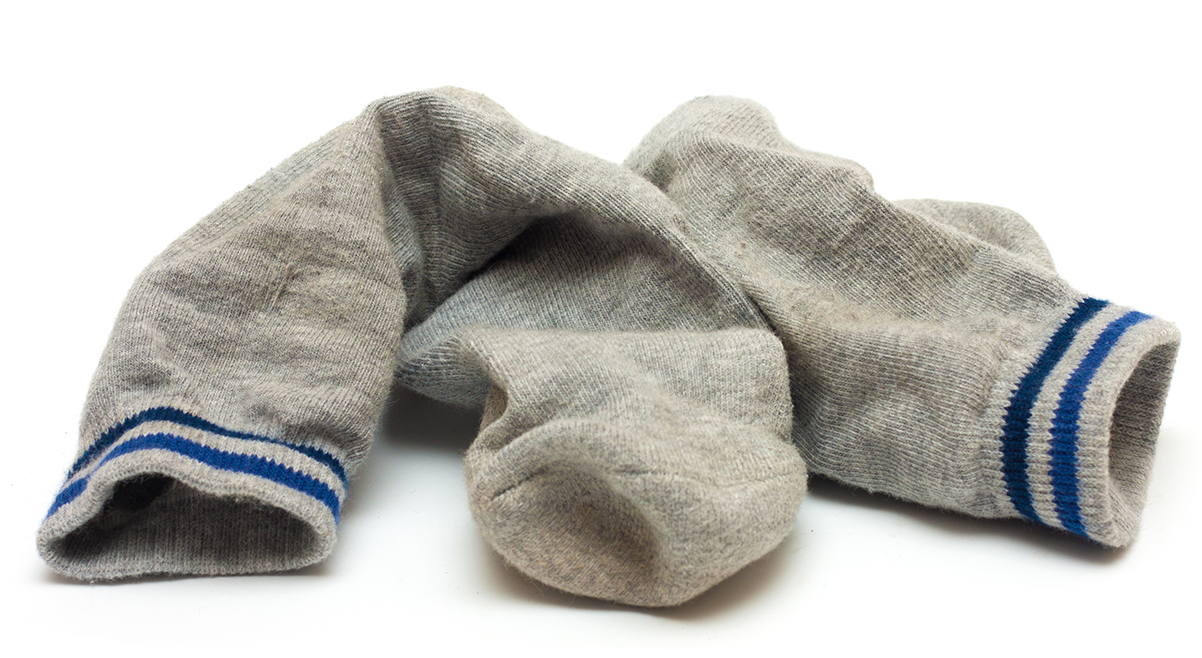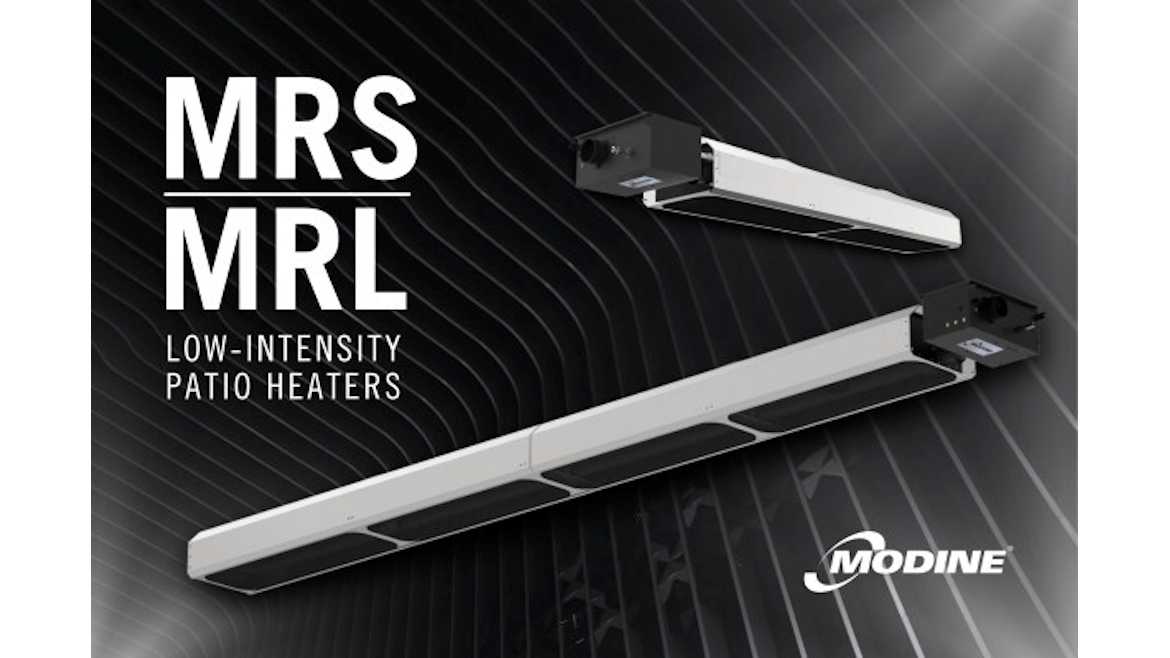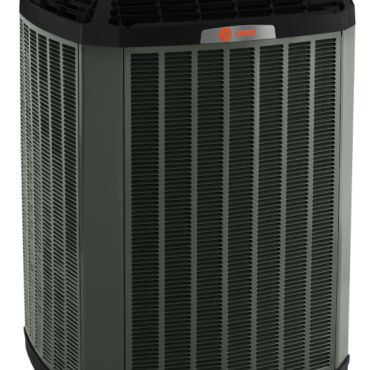Running the air conditioner in your Birmingham area home shouldn’t produce an odor. Every now and then, local homeowners turn on the cooling and are hit with a foul smell wafting from their vents – this is what we call dirty sock syndrome. What is dirty sock syndrome and what can be done to stop it? KS Services explains what you need to know about this bothersome cooling system symptom.
What Is Dirty Sock Syndrome?
In the HVAC world, dirty sock syndrome refers to the presence of an odor from the air conditioner that, well, smells much like dirty socks. No dirty socks are present, fortunately, but what is present and causing that odor is bacteria and mold.
Homeowners typically notice the dirty sock smell after turning on their air conditioners for the first time in the spring as this is usually when the syndrome strikes. As the HVAC equipment sits dormant in between heating and cooling season, the interior of the system can contain the right ingredients for bacteria and mold to grow and thrive.
Inside the air conditioning system and often within the location of the home where the unit is installed, conditions are cool, dark, and damp. In addition to these three elements, there’s typically plenty of food in the form of organic materials sitting around to help mold and bacteria growth, thanks to pollutant deposits inside the system. Mold and bacteria grow to excess along the system’s evaporator, producing that dirty sock odor that finally becomes noticeable once you start running the system again.
Fixing and Preventing Dirty Sock Syndrome
Let’s go over how to stop dirty sock syndrome and prevent it from recurring. You don’t want to let this problem persist. Not only is the odor bothersome, dirty sock syndrome poses real health risks and can drastically damage your HVAC equipment.
Step 1: Change the filter
First, you want to remove the old air filter and replace it with a brand-new one. A new filter will ensure your system is able to capture contaminants travelling through so they won’t settle in the unit and feed the mold or bacteria. Plus, air filters can easily become damp when in this environment, creating another location for this growth and a second source for unpleasant odors. It is often helpful to upgrade to a higher-efficiency filter for increased contaminant removal.
Step 2: Clean the drip pan
The drain pan is situated below the unit’s evaporator coils. With mold and bacteria growing and reproducing on the indoor evaporator coil, the drip pan is a likely location for its spread. Pull out the pan from the unit, dump any water inside it, and thoroughly clean it with a mild soap or bleach before reinstalling.
Step 3: Schedule duct cleaning
As air circulates, it picks up bacteria and mold from the evaporator coil, and these pollutants can easily spread into the home’s ducts. The duct environment is also ideal for their growth, and you may end up with a bigger contamination problem than before. Professional duct cleaning will remove existing growth and help prevent any future growth of mold and bacteria throughout the duct system.
Step 4: Schedule evaporator coil cleaning
Next up, it’s time to remove that colony of mold and bacteria growing on the air conditioner’s dirty evaporator coil. Schedule this service with your cooling company, and an HVAC technician will treat the coil to remove the pollutants while protecting the coil from damage that will impact your air conditioner’s function.
Step 5: Consider indoor air quality equipment installation
There are two types of indoor air quality solutions that are helpful in preventing dirty sock syndrome: dehumidifiers and UV lights. Both of these systems are installed with your cooling system, and they work together so air is treated while the HVAC unit circulates it through the home.
- Dehumidifiers reduce airborne moisture levels, preventing conditions in your air conditioner from becoming so moist they lead to dirty sock syndrome.
- UV lights are installed within the air conditioner and sometimes inside ducts to neutralize pathogens circulating in the air. Ultraviolet energy kills bacteria and mold as it passes the light so it is no longer able to spread nor cause symptoms.
Eliminate Dirty Sock Syndrome with Help from KS Services
KS Services is ready to help you implement solutions that stop you from experiencing the unpleasant odors associated with bacteria and mold growth in your air conditioner or heat pump. To learn more and discover solutions to protect your HVAC system and your health, give us a call today.
Whether you require installation, repair, or maintenance, our technicians will assist you with top-quality service at any time of the day or night. Take comfort in knowing your indoor air quality is the best it can be with MOE heating & cooling services Ontario's solution for heating, air conditioning, and ventilation that’s cooler than the rest.
Contact us to schedule a visit. Our qualified team of technicians, are always ready to help you and guide you for heating and cooling issues. Weather you want to replace an old furnace or install a brand new air conditioner, we are here to help you. Our main office is at Kitchener but we can service most of Ontario's cities
Source link




Add Comment